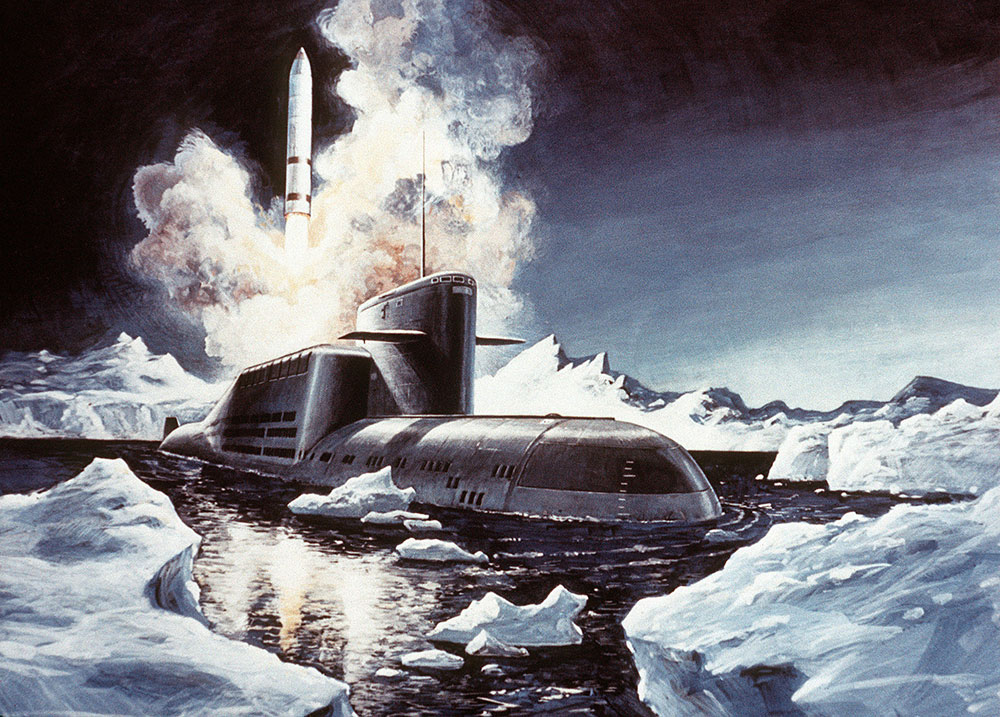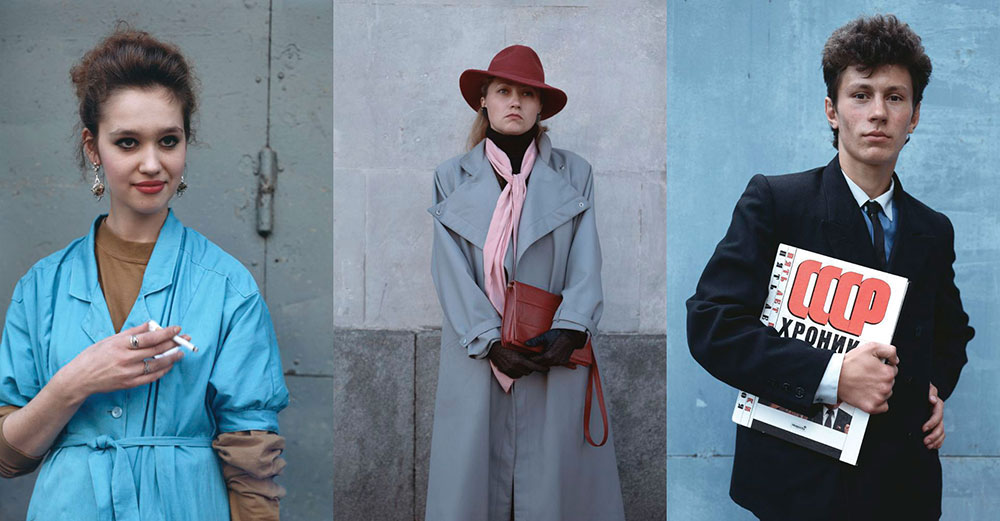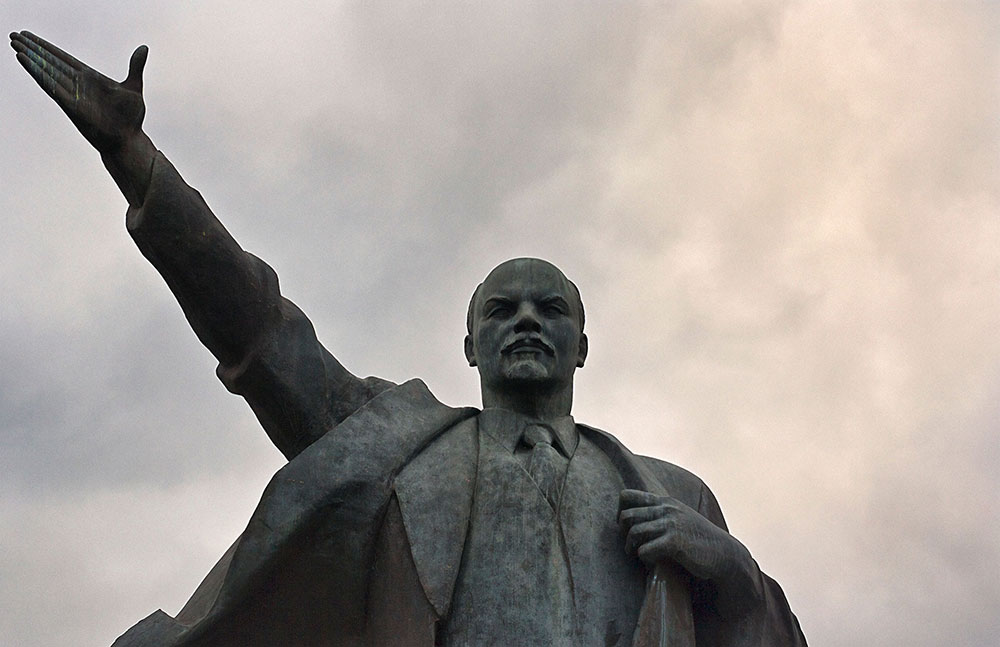Power play: what the Moscow Victory Day parade reveals about Russia and the west, then and now
Cold War RevisitedFor western observers during the Cold War, Soviet military might was an ever-present factor that fuelled paranoia and heightened tension in the standoff between the superpowers. Paradoxically, though, while Moscow was hardly averse to employing its armed forces for propagandist ends, the visibility of its weapons themselves — most of which were developed and fielded under high levels of secrecy — had to be carefully controlled.
Agents patrolled east Germany in adapted civilian cars, cameras at the ready to record any Soviet military movement
Beyond the symbolic significance of the Red Army and its various branches, for military intelligence in the west, opportunities to see the Soviet military up close were few and far between. As a result, intelligence went to extraordinary lengths for the privilege of having Soviet equipment in their hands. Agents of the so-called “military liaison” missions patrolled east Germany in adapted civilian cars, cameras at the ready to record any Soviet military movement they may have encountered, no matter how banal: a single emblem or serial number could yield the identity of a new weapon, an idea of the number of troops deployed in the area, or readiness times. When the US required an example of the Soviet Air Force’s latest MiG-15 fighter after it had made a dramatic entry to combat in the Korean War, a bounty was offered to any North Korean pilot willing to defect in one of the jets.
In the later years of the Cold War, perestroika led to Soviet military equipment being actively marketed, including in the west, and it immediately became more familiar. At the height of the Cold War, however, outside of espionage and subterfuge, military parades provided the best showcase for such hardware.
When Khrushchev boasted of factories “turning out missiles like sausages” it was a classic case of the premier’s trademark braggadocio
A typical issue of the Pentagon’s manual of paranoia, Soviet Military Power, from the mid-1980s is primarily illustrated with a combination of (frequently exaggerated) graphic depictions of “little red men” (and tanks, and bombers and warships) and dramatic artist’s impressions. Those photographs that are included are primarily drawn from “in the field” intercepts, grainy satellite imagery, while the finest are those gleaned from military parades. Here, the rows of vehicles are notable for their polished appearance, extending to the wheels of jeeps and armoured personnel carriers picked out in patriotic red and white.
There was nothing to ensure, however, that what was being put on show was a genuine reflection of Soviet military capabilities. When Nikita Khrushchev boasted of factories “turning out missiles like sausages” it was a classic case of the premier’s trademark braggadocio, but it had its intended effect of convincing Washington of Soviet military power. This in turn led to a race between the superpowers to deploy intercontinental ballistic missiles (ICBMs) in the “missile race” that pushed the world closer to the spectre of mutually assured destruction.
While the actual missiles could naturally not be revealed to the public at their launch sites (helping conceal their location from US attack, as well as the actual number of deployed weapons), they could roll through Red Square on the occasion of the parades marking any number of significant military events: Victory Day, Defence of the Fatherland Day, the October Revolution, and others.
The parades could be engineered to both celebrate Soviet military prowess and deceive the foe. In November 1965, marking the anniversary of the October Revolution, among the military vehicles passing through Moscow were fearsome-looking ICBMs mounted on tracked carriers — a major advance over missiles stored in vulnerable fixed sites. No name was known for this alarming new weapon, but in the practice of the day it was dubbed “Scrooge” by NATO intelligence officers. Subsequent intelligence reports noted that “hidden base areas probably will be, or have been, constructed”. In fact, while it appeared at a number of military parades, the Scrooge was never used operationally by the Soviet military, and a first missile in this class would only be fielded in the mid-1980s.
Marshals Zhukov and Rokossovsky rode through the parade ground on white and black stallions
The Victory Day parade, held on May 9, is today one of eight official national holidays in Russia, and is now the most important military spectacle of its kind. Although formerly staged across the Soviet empire, and extending to its Eastern Bloc allies, the most important Victory Day parades have traditionally taken place in Red Square, initially only sporadically, for primarily political reasons.
The first of Red Square’s Victory Day parades was staged on 24 June 1945, weeks after the defeat of Nazi Germany in the Great Patriotic War. Marshals Georgy Zhukov and Konstantin Rokossovsky rode through the drizzly parade ground on white and black stallions while Red Army soldiers dumped banners captured from the German Army and Waffen-SS beside Lenin’s mausoleum.
The ideological component of the parade did not necessarily sit well with Stalin, however. Since Victory Day celebrated the efforts of the people (including non-Soviet eastern European allies) in liberating Soviet and eastern European territory and defeating Nazism, it threatened to overshadow the status of the leader himself. By 1946, Victory Day had been demoted to the status of a normal working day; the glory of the Red Army’s success was in Stalin’s hands.
Two decades after the end of the war, the tradition of Victory Day was revived. For the 1965 parade, the date was switched to 9 May, the day of the German surrender. Stalin’s presence no longer cast such a shadow. His embalmed body had been removed from Lenin’s Mausoleum, from which the seemingly endless cavalcade was observed by ranks of Kremlin officials and foreign dignitaries.
The last parade of the Soviet era coincided with a boom in alcohol consumption and may have been the most well-lubricated to date
The last Victory Day military parade of the Soviet era took place in 1985, marking the 40th anniversary of the end of the war. This event was perhaps most notable for coming ahead of Mikhail Gorbachev’s anti-alcoholism programme. As a result, the last parade of the Soviet era coincided with a boom in alcohol consumption and may have been the most well-lubricated to date.
With the demise of the USSR, the socialist regalia of the Victory Day parade might have been expected to fall out of favour. However, after another military parade was staged in Moscow in 1990, the 50th anniversary of the end of the war in 1995 began an unbroken series that continues to this day.
The Victory Day parade has been fully rehabilitated under Vladimir Putin, who first presided over the event in 2000. The parade in Moscow has been so successful that it has been described as the most important contemporary ritual in Russia; no longer simply a commemoration of Soviet victory over Nazi Germany in 1945, but a celebration of national identity. In this, the festive quality of the Victory Day parade increases, while the significance of its military origin diminishes — surely partly as a result of the reduction in the number of veterans year-by-year.
With Moscow promoting increasing military adventurism, the Victory Day parade has of late taken on a more immediate military significance. The 2014 celebrations, in both Moscow and Sevastopol, Crimea, were the first to include aircraft overflights in two different cities as part of the military parades. Putin himself was on scene to witness the parade in Moscow and, after a five-hour flight, in Sevastopol. It was the leader’s first visit to Sevastopol since the controversial occupation of the Crimean peninsula. And with new military hardware on show once again — air defence missile systems, tank destroyers, and jet aircraft — it is very likely the intelligence operatives went away satisfied, too.
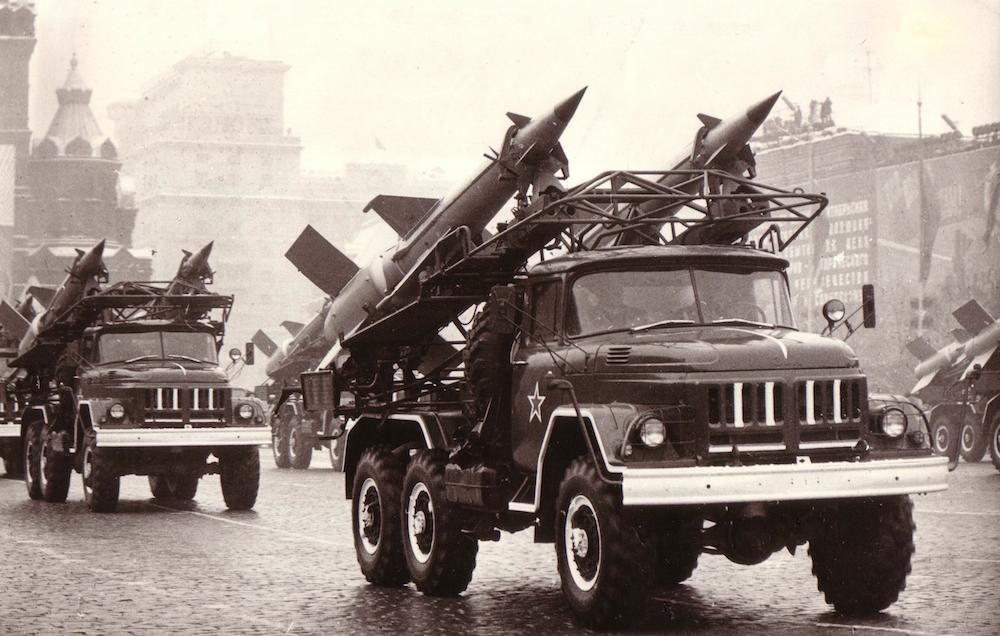
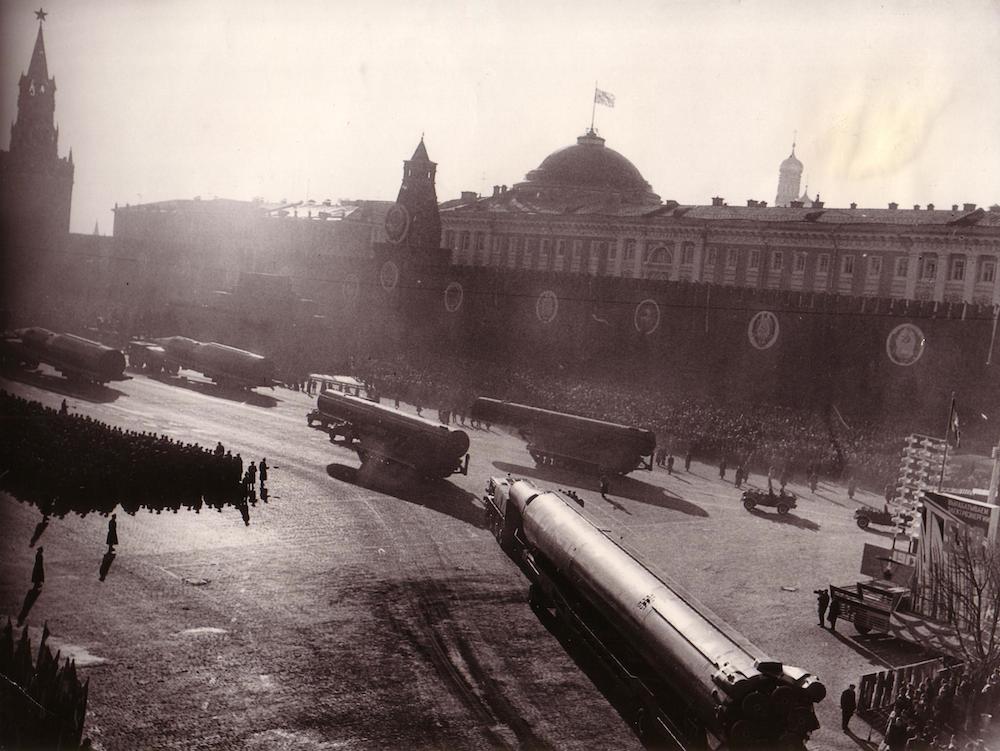
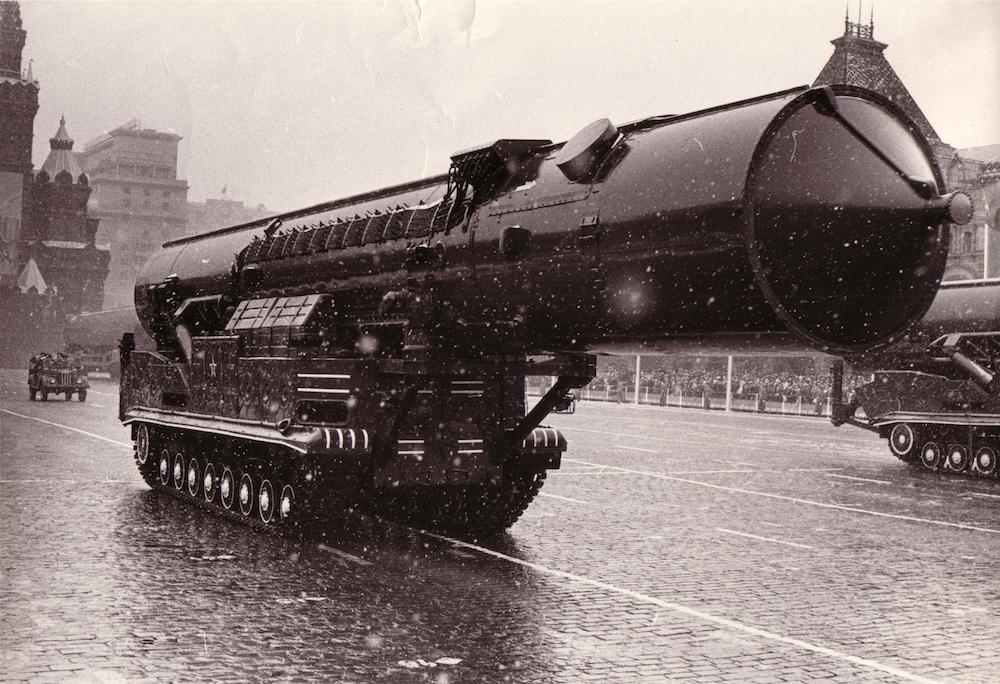
_2.jpg)
